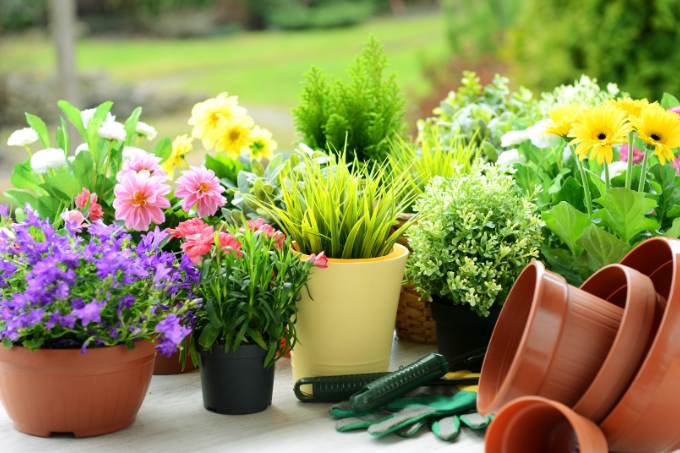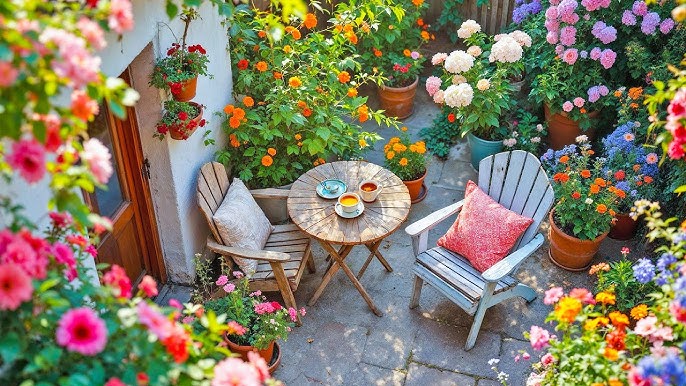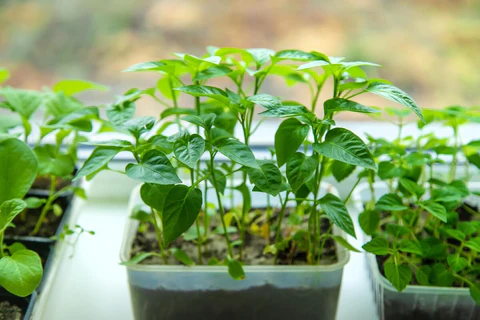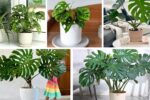Who says you need a sprawling backyard to enjoy a thriving flower garden? Whether you live in an apartment with a tiny balcony, a townhouse with a narrow patio, or a home with a compact courtyard, you can still surround yourself with colorful, fragrant blooms. Growing flowers in small spaces is not only possible but also incredibly rewarding when done thoughtfully.
In this article, we’ll share 10 practical, creative, and easy-to-follow tips to help you successfully grow a flower garden in small spaces — turning your cozy corners into blossoming retreats.

Why Grow Flowers in Small Spaces?
Small-space gardening is about making the most of what you have. With clever design and plant choices, you can:
- Enjoy bursts of color and fragrance year-round.
- Attract pollinators like bees and butterflies.
- Create a personal sanctuary in even the smallest areas.
- Boost mood and mental wellness through gardening.
- Beautify balconies, patios, and indoor nooks.
Now, let’s dive into the tips to get your small-space flower garden blooming!

1. Choose the Right Flowers for Compact Areas
When space is tight, it’s crucial to pick plants that fit your environment and lifestyle. Focus on flowers that:
- Are compact or dwarf varieties.
- Thrive in containers.
- Can tolerate partial shade if light is limited.
- Offer long-lasting or multiple blooms per season.
Top choices for small-space flower gardening:
- Petunias (trailing or compact)
- Pansies
- Marigolds
- Begonias
- Geraniums
- Impatiens
- Calibrachoa
- Dwarf roses
- Violas
- Nasturtiums
Ask your local nursery for varieties suited to your climate and available space.

2. Maximize Vertical Space
If you’re working with a small footprint, think vertically. Walls, railings, fences, and trellises can double your growing area.
Ways to grow flowers upward:
- Install wall-mounted planter boxes.
- Hang baskets from hooks or railings.
- Use tiered plant stands.
- Grow climbing flowers like morning glories, sweet peas, or clematis on trellises.
- Repurpose ladders or shelving for multi-level displays.
Vertical gardening not only saves floor space but adds visual interest by creating layers of color.

3. Use Containers of All Shapes and Sizes
Containers are essential for small-space gardening. They offer flexibility, portability, and creative freedom.
Container options:
- Terracotta pots
- Ceramic planters
- Wooden boxes
- Hanging baskets
- Window boxes
- Repurposed items (old teapots, tins, or crates)
Pro Tip: Choose containers with drainage holes to prevent waterlogged roots. If your container lacks holes, add a layer of pebbles at the bottom for better drainage.

4. Pick the Perfect Spot
Even the toughest flowers need proper growing conditions. Observe how much sunlight your space receives throughout the day and choose flowers accordingly.
Sun exposure categories:
- Full sun: 6+ hours of direct sunlight.
- Partial sun/partial shade: 3-6 hours of sunlight.
- Full shade: Less than 3 hours of direct sun.
Examples:
- Petunias and geraniums love full sun.
- Begonias and impatiens thrive in partial shade.
- Hostas and ferns suit full shade areas.
Understanding your space’s light exposure is key to keeping flowers healthy and blooming.

5. Practice Companion Planting
Mixing complementary flowers in a single container not only saves space but also enhances growth and aesthetics.
Example combinations:
- Spillers: Trailing plants like lobelia or sweet alyssum that cascade over the container edges.
- Fillers: Bushy plants like marigolds or pansies for body.
- Thrillers: Taller statement flowers like dwarf cosmos or salvia in the center or back.
This “spiller, filler, thriller” method adds depth, variety, and a fuller look to your small garden.
6. Use High-Quality Potting Mix
Healthy soil is the foundation of any thriving garden, and it matters even more in small containers where root space is limited.
Tips for good soil:
- Use a high-quality, well-draining potting mix.
- Add organic matter like compost for nutrients.
- Avoid using garden soil, as it can be too dense and compact in containers.
Consider adding slow-release fertilizer pellets or organic plant food to keep your blooms nourished throughout the growing season.
7. Water Smartly
Flowers in containers dry out faster than in-ground plants, especially during warm weather. Overwatering, however, can lead to root rot. Striking a balance is crucial.
Watering tips:
- Check soil moisture with your finger; water when the top inch feels dry.
- Water in the early morning or evening to minimize evaporation.
- Use self-watering pots or saucers with a reservoir for consistent hydration.
- Group containers together to create a microclimate that retains humidity.
Be mindful of each plant’s water needs — succulents need far less than thirsty annuals.
8. Prune and Deadhead Regularly
To keep your small flower garden looking its best, regular upkeep is essential. Pruning promotes healthy growth and flowering, while deadheading (removing spent blooms) encourages new flowers.
Pruning essentials:
- Use clean, sharp scissors or pruners.
- Remove dead or yellowing leaves.
- Cut back leggy growth to encourage bushiness.
- Pinch off faded flowers to redirect energy into new buds.
A little regular grooming keeps your space neat and maximizes your flowers’ bloom time.
9. Protect from Pests Naturally
Small spaces mean pests can spread quickly. Prevent and manage infestations naturally to avoid harming beneficial insects or pollinators.
Natural pest control tips:
- Inspect plants regularly for aphids, spider mites, and whiteflies.
- Use insecticidal soap or neem oil for mild infestations.
- Introduce beneficial insects like ladybugs.
- Sprinkle diatomaceous earth around container edges.
- Keep plants healthy, as stressed plants attract more pests.
Balanced ecosystems are key in small gardens — healthy plants resist pests better.
10. Embrace Seasonal Rotations
To keep your garden fresh and vibrant year-round, rotate flowers seasonally. This not only adds variety but also ensures your plants are always suited to the current weather.
Example rotations:
- Spring: Pansies, violas, tulips in containers.
- Summer: Petunias, marigolds, calibrachoa.
- Fall: Mums, ornamental kale.
- Winter: Cyclamen, primroses (in mild climates) or evergreen container displays.
This keeps your garden lively, colorful, and interesting no matter the season.
Final Thoughts
Small-space gardening isn’t about limitations — it’s about opportunities. With smart plant choices, creative container ideas, and a little daily care, you can create a vibrant, blooming oasis on a balcony, windowsill, or patio.
Start small, experiment with different combinations, and don’t be afraid to get creative. By following these 10 tips, you’ll enjoy the beauty and joy of growing flowers, even in the tiniest corners of your home.





